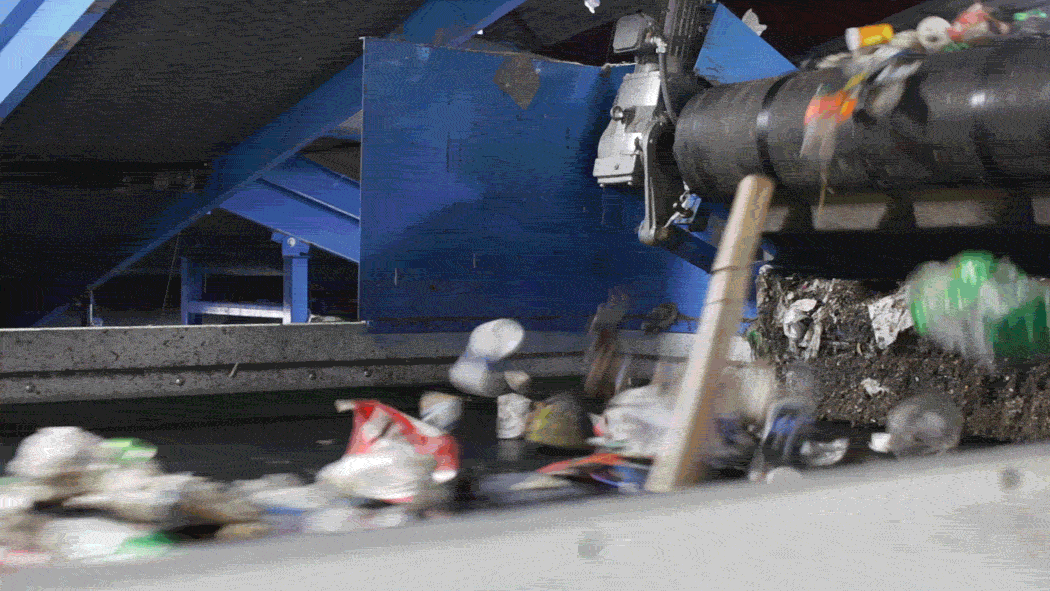NW Minn. counties make innovative bet on recycling

Recyclables are sorted on a conveyor belt inside the Polk County solid waste facility in Fosston, Minn., last week.
Ann Arbor Miller for MPR News
Go Deeper.
Create an account or log in to save stories.
Like this?
Thanks for liking this story! We have added it to a list of your favorite stories.


